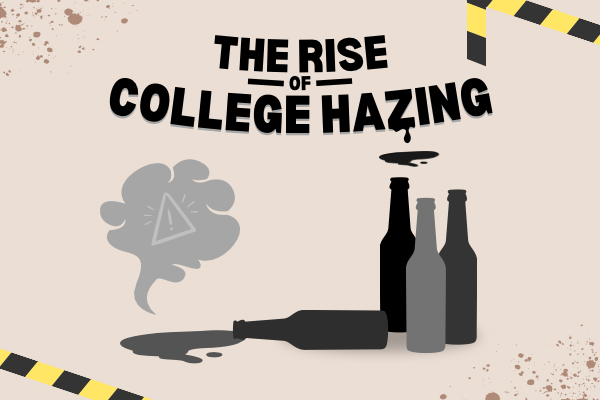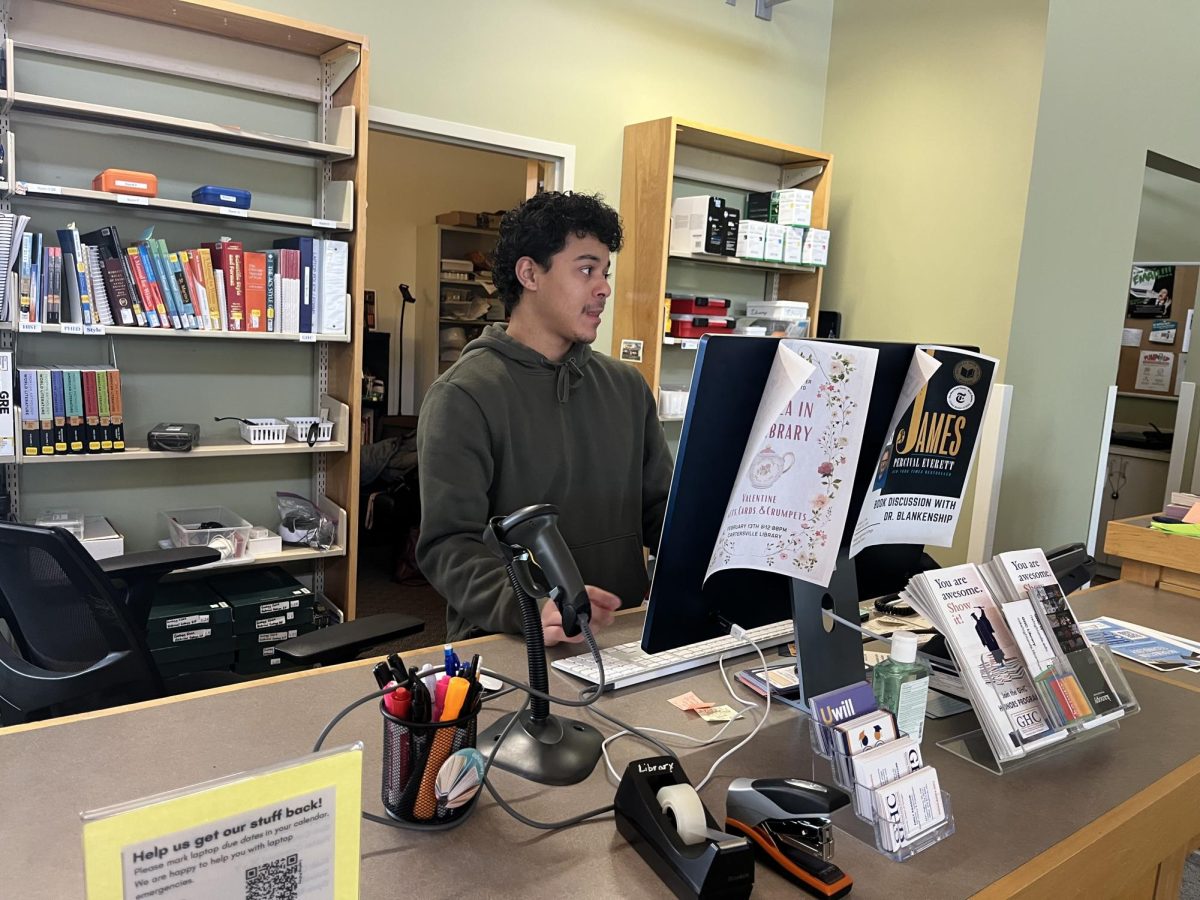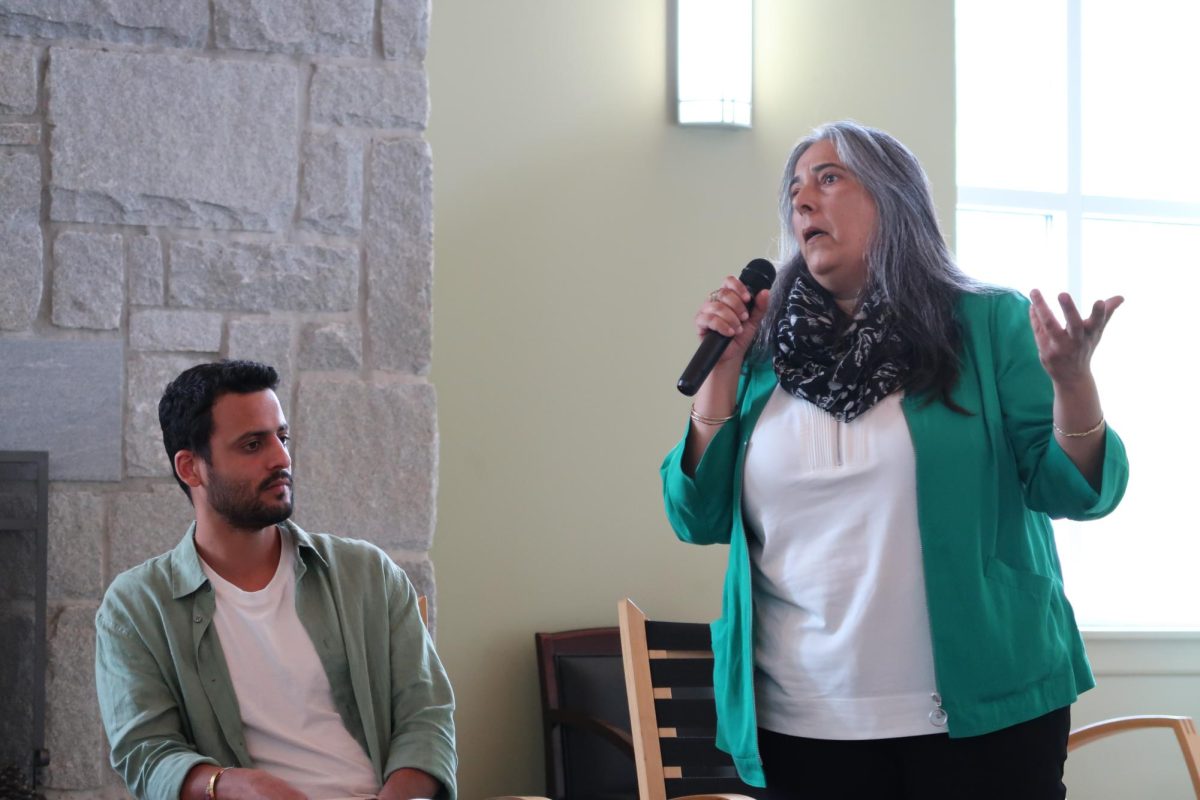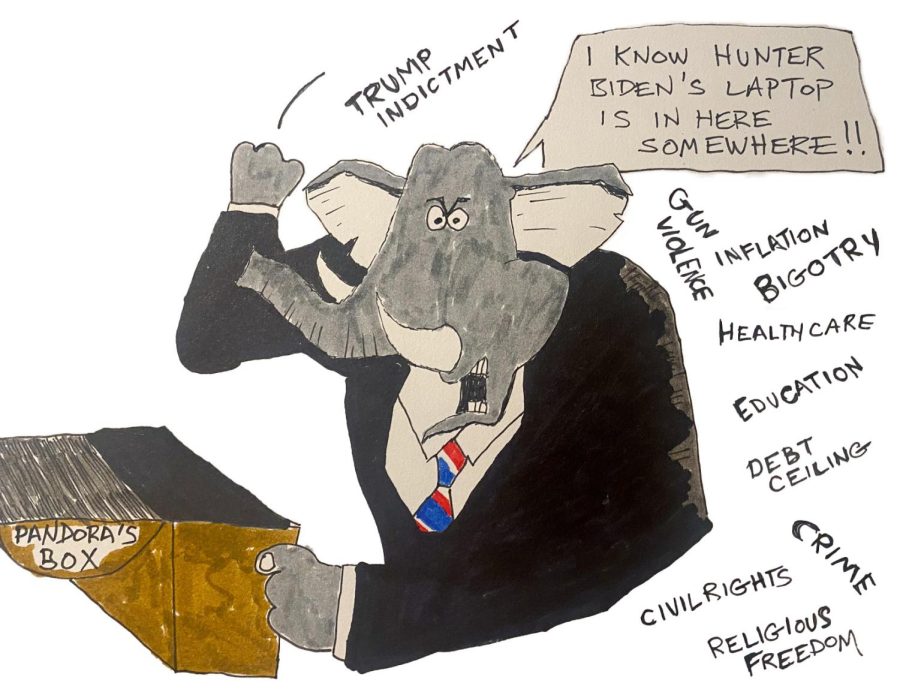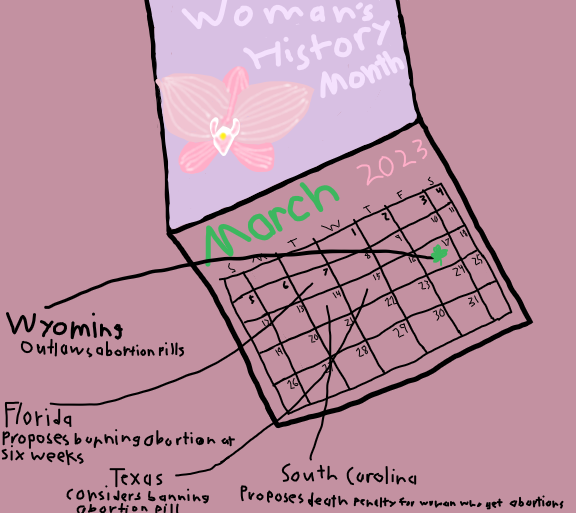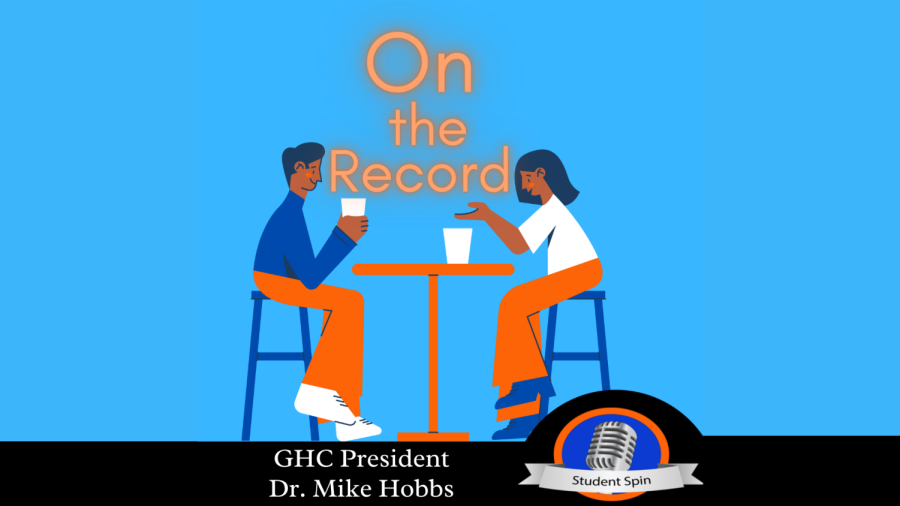
According to the FDA, “Marijuana” remains listed as a Schedule I hallucinogenic substance. This classification was only intended to be provisional, or temporary, pending further research into the negative effects of cannabis.
To be classified as Schedule I under the Controlled Substances Act of 1970, a substance must meet all three of the following criteria: it must have a high potential for abuse, no currently accepted medical use in treatment in the United States and lack of accepted safety under medical supervision.
In March of 1972, President Nixon commissioned a report that would justify cannabis’ 1937 prohibition. Contrarily, the National Commission on Marihuana and Drug Abuse determined that cannabis should not be a controlled substance and recommended decriminalization on the state and federal levels.
President Nixon chided the commission’s chairman, former Pennsylvania Governor Raymond P. Shafer, and called for an “all-out war on drugs.”
Nearly half of the country now has legislation in place that allows for the possession and use of cannabis or its derivatives for medicinal purposes.
This past April, Nathan Deal of Georgia signed House Bill 1, which specifically allows for the use of cannabis oil to treat cancer, Crohn’s disease, mitochondrial disease, multiple sclerosis, Parkinson’s disease, seizure disorders, sickle cell disease and ALS, also known as Lou Gehrig’s disease.
As this bill does not allow the sale or production of cannabis oil in Georgia, in order to obtain this oil, patients with these debilitating disorders must travel to states where cannabis is legal. As a result, many residents have moved out of state to pursue treatment.
Georgia State Senator Curt Thompson has introduced State Resolution 6 that would legalize marijuana for adults over age 21.
I urge all rational Georgians to contact the state senators and request that SR 6 be on the ballots in 2016. Then when the time comes, we should all go vote!

